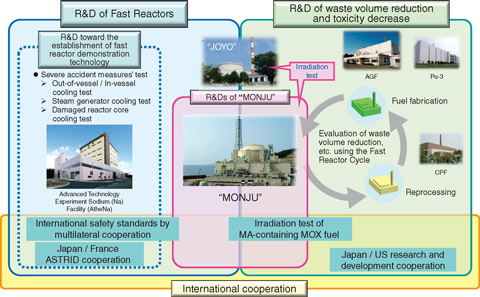
Fig.7-1 Overview of the research and development of fast reactor cycle technology
Fast reactor cycle technology is essential for the establishment of the nuclear fuel cycle from the perspective of our nation’s energy security and global warming, and “the 4th Strategic Energy Plan”, which was approved by the Cabinet in April 2014, has clearly stated that research and development (R&D) on the technology is a challenge that should be addressed. Based on the 3rd Medium- and Long-term Goals established in this plan, as of 2015 we are conducting R&D on waste volume reduction and toxicity decrease, the prototype fast breeder reactor “MONJU”, and the establishment of a fast reactor demonstration technology, with international cooperation (Fig.7-1).
“MONJU” is positioned to be an international research center for technological development such as reduction of the amount and toxicity level of radioactive waste, and is focused on making efforts to overcome challenges such as responding to new regulatory requirements.
We are conducting the R&D necessary for the establishment of the fast reactor demonstration technology using the results obtained by R&D on “MONJU” as well as participation in the international project for the demonstration phase of the French reactor “Advanced Sodium Technological Reactor for Industrial Demonstration (ASTRID)”.
For the volume reduction and toxicity decrease of radioactive waste, we promote a separation and recovery technology for minor actinides (MA) and the performance evaluation of MA-containing fuel while leveraging international networks, which are major technological development challenges for nuclear transmutation using fast reactors to reduce of the amount of radioactive waste as well as the long-term remaining toxicity level.
In this chapter, we will introduce our R&D achievements toward strengthening the safety of fast reactors, reducing the volume of radioactive waste, decreasing toxicity, and building the fast reactors “MONJU” and “JOYO”.
With the aim of resumption of the experimental sodium-cooled fast reactor (SFR) “JOYO”, the restoration work involving in-vessel repair for the radioactive, large, and damaged components applying maintenance techniques was completed, and the success of this work has been a remarkable achievement throughout the world (Topic 7-1).
A dynamic test of an elbow for SFRs was performed based on the knowledge that stress could be easily concentrated into the elbows in piping (Topic 7-2).
The flow field was measured by particle image velocimetry (PIV) in the subchannel around the wrapping wire, which is provided in the fuel subassemblies of SFRs (Topic 7-3).
A high-precision numerical simulation method has been developed for gas entrainment at a gas-liquid interface (Topic 7-4).
Safety-related research was performed on the decay heat and radiation effects of adsorbents containing organic compounds that are used in extraction chromatography technology (Topic 7-5).
Oxygen chemical diffusion coefficients were measured for Am-containing PuO2 using the latest technology (Topic 7-6).
Thermal-hydraulic phenomena were analyzed for the upper plenum in the “MONJU” reactor to develop a thermal-hydraulic analysis technology for the interior components of SFRs (Topic 7-7).